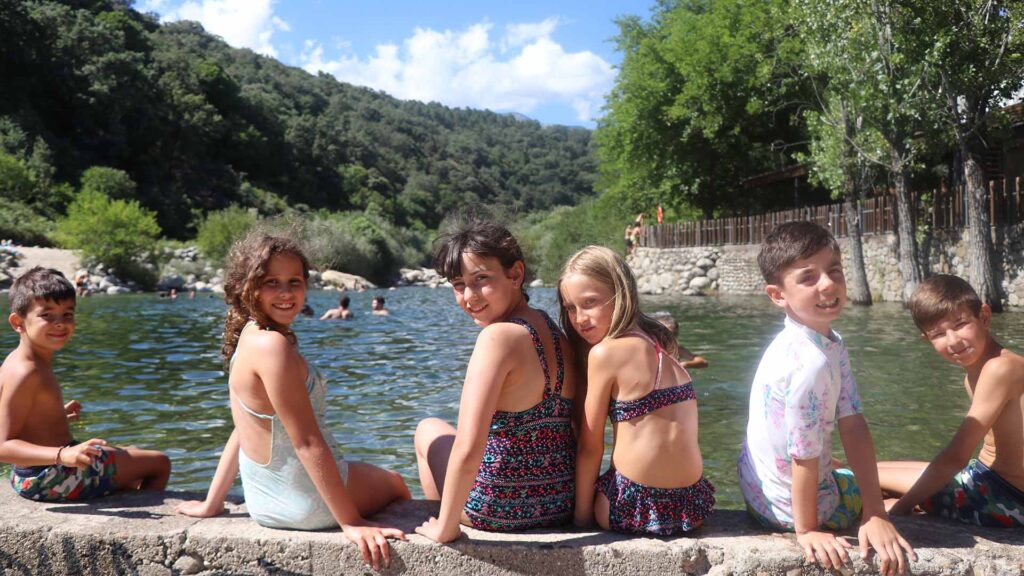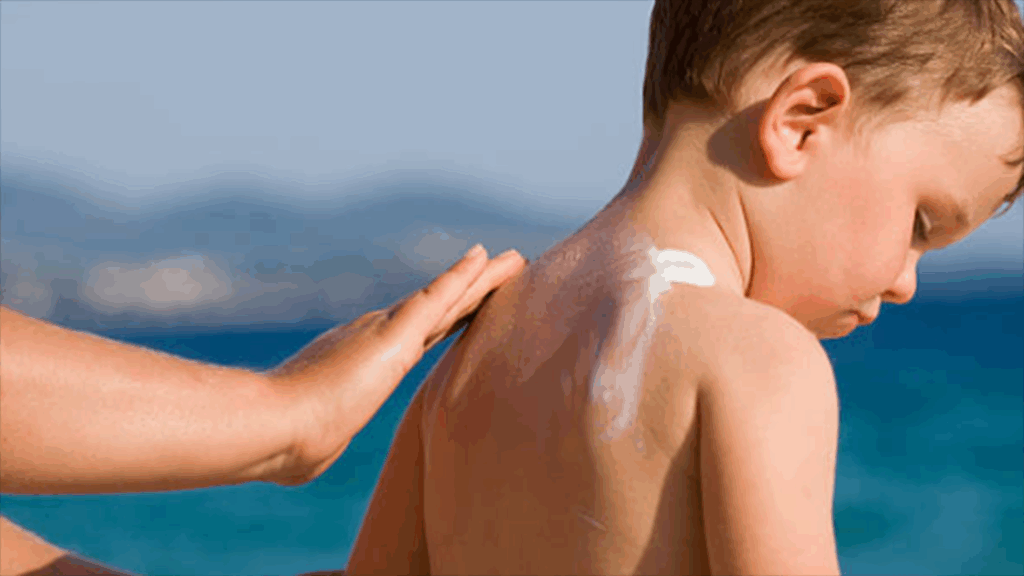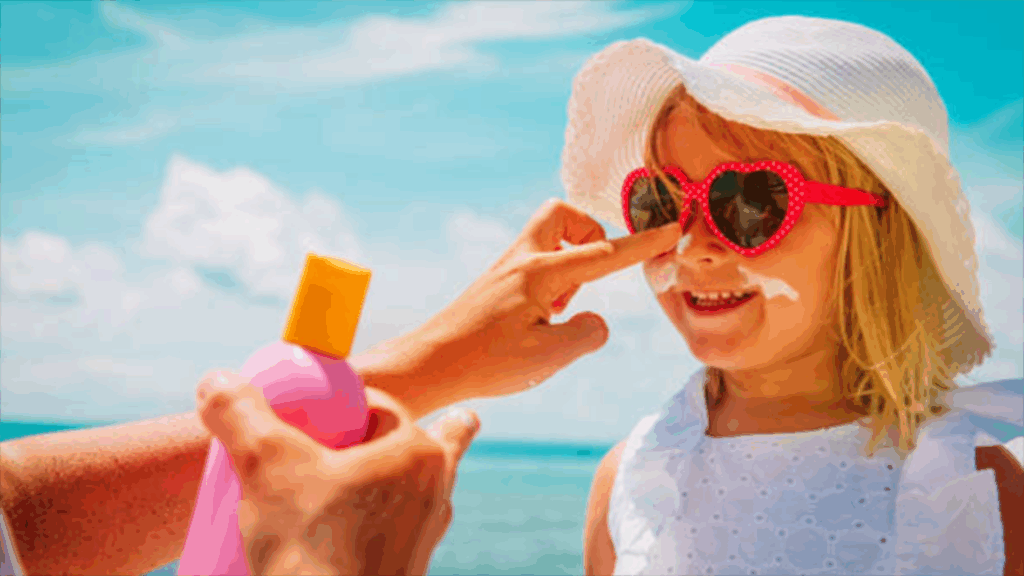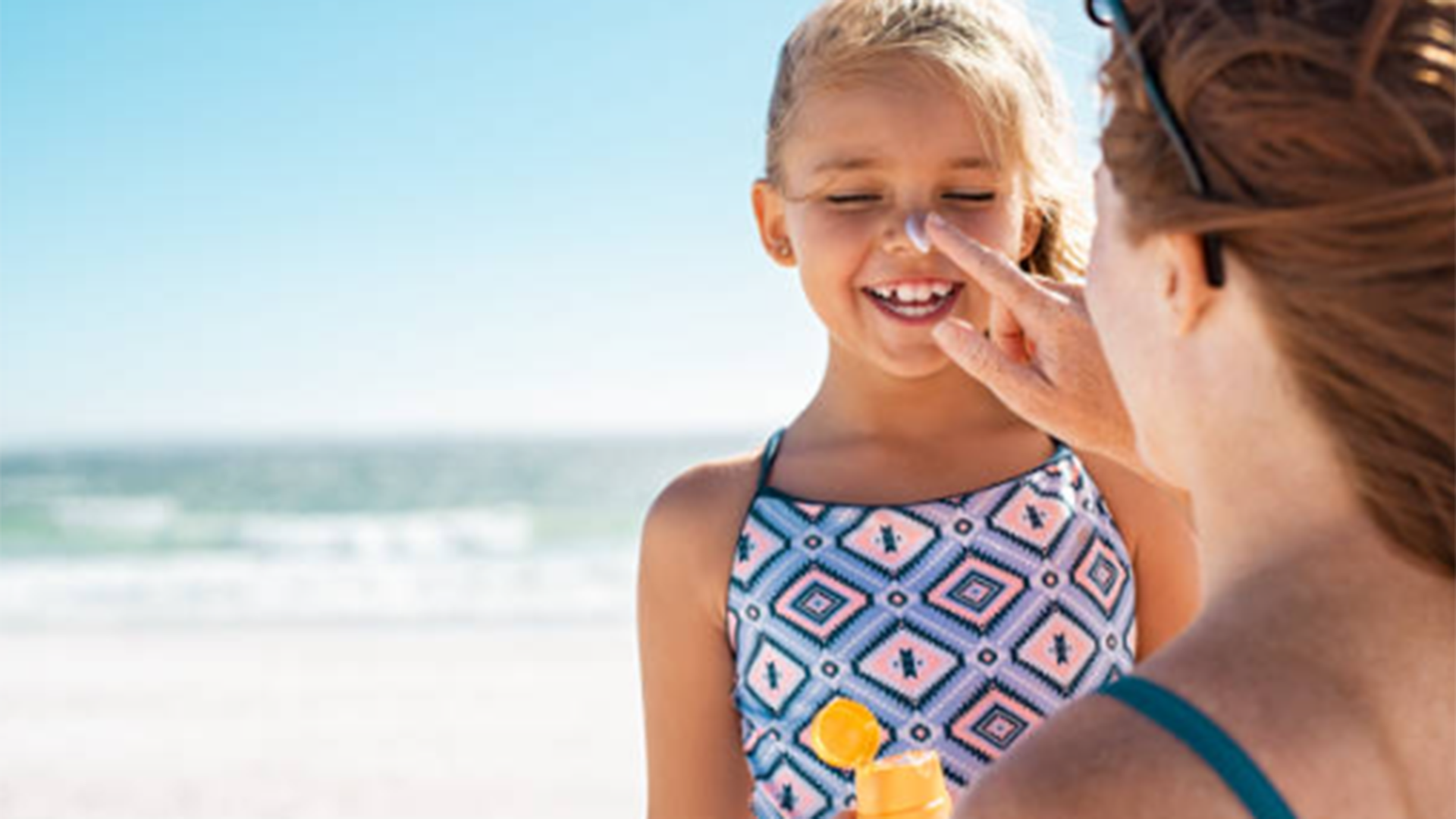With the arrival of summer and the school holidays, outdoor activities increase: camps, excursions, pool days, games in the park or time at the beach. However, along with these moments of leisure and disconnection, there is also a constant concern among parents and educators. What is the best way to protect children from the sun?
SUN EXPOSURE: A SILENT BUT CUMULATIVE RISK
Children have more sensitive and delicate skin than adults. Prolonged exposure to the sun, without adequate protection, can have immediate consequences. We are referring to sunburn or heat stroke. But also long-term effects: premature skin ageing, eye damage and even increased risk of diseases in adulthood.
In addition, studies indicate that 50-80% of lifetime sun exposure occurs before the age of 18. Therefore, learning to protect children from an early age is essential to preserve their present and future health.

WHAT IS THE BEST WAY TO PROTECT CHILDREN FROM THE SUN?

Answering the question “What is the best way to protect children from the sun?” involves a combination of education, prevention and a series of habits that should be integrated into daily life during the summer. These are some of the key recommendations, inspired by best practices endorsed by organisations such as the Spanish Association of Paediatrics (AEP) and the World Health Organisation (WHO):
1. Avoid direct exposure in the central hours
Between 12:00 and 17:00, the sun is at its highest and UV rays are most intense. At these times, it is preferable to look for activities indoors or in shaded areas.
2. Daily use of sunscreen
A broad-spectrum sunscreen (UVA/UVB) with an SPF of 30 or more should be applied. It is recommended to use a water-resistant sunscreen specifically for children. It should also be reapplied every two hours or after swimming or sweating.
3. Appropriate clothing and accessories
Dressing children in long-sleeved shirts, a cap or wide-brimmed hat and approved sunglasses helps to reduce direct exposure. Nowadays, clothing with built-in UV protection fabrics is available.

4. Constant hydration
Sun and heat can lead to rapid dehydration. It is important that children drink water regularly, even if they are not thirsty.
5. Teaching good habits
Explaining to children why it is important to protect themselves from the sun and allowing them to actively participate in sun care (applying sunscreen, wearing a hat, etc.) encourages a responsible attitude from a young age.
The recommendations given here are for information only and are not a substitute for individual medical advice. It is essential to adapt them to the individual characteristics of each child.
IN CASVI VILLAVICIOSA, WELLBEING IS ALSO TAKEN CARE OF UNDER THE SUN
At Casvi Villaviciosa International School, caring for the health and well-being of our pupils is a priority. This is also the case during the summer months.
In our outdoor activities, such as the Casvi Urban Camp or the Casvi Nature Camp, all necessary measures are taken to protect children from the sun. We are talking about shaded areas, adapted timetables to avoid the hottest hours, compulsory use of a cap and sun cream, as well as education on self-care.
Because answering the question “What is the best way to protect children from the sun” also means setting an example in the educational environment. At our camps, we also teach students to apply sunscreen correctly; to moisturise frequently; and to look for shady areas during their games. These dynamics, together with the constant accompaniment of the teaching staff, make sun protection a daily habit.

